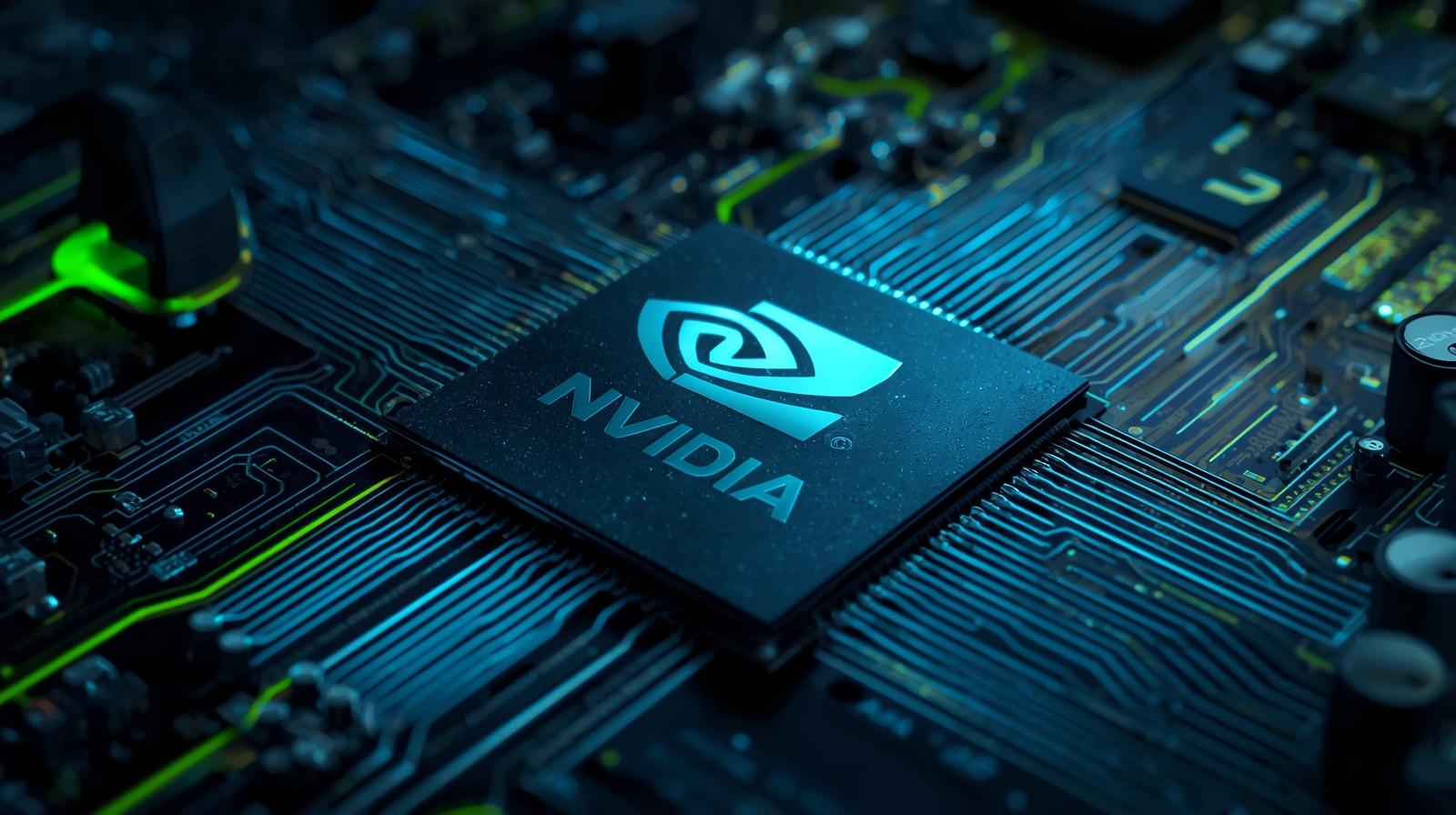
In the world of technology, few names spark as much excitement as NVIDIA right now. Once known mainly for powering gaming graphics, the company has evolved into the undisputed leader of artificial intelligence hardware. Whether it’s fueling data centers, training large language models, or enabling robotics, it has become the backbone of the modern AI economy. The global spotlight on the company isn’t just about its stock market rise; it’s about the role it plays in reshaping industries, societies, and the future of work itself.
Why NVIDIA Is Trending in 2025
NVIDIA is currently dominating search trends, and for good reason. The company’s valuation has climbed to levels once thought impossible for a semiconductor firm, making headlines across business and tech platforms. But beyond the market value, several developments explain the surge in global attention:
- AI Infrastructure Boom – Enterprises worldwide are racing to deploy generative AI, and NVIDIA’s GPUs are the tools they rely on. Every major cloud provider, from Microsoft Azure to Google Cloud, integrates NVIDIA chips to handle the surge in AI workloads.
- Consumer Curiosity – Gaming GPUs like the new RTX 50-series continue to draw the attention of everyday tech users. Gamers and creators see NVIDIA not just as a company for professionals, but as a brand that shapes entertainment and creativity.
- Innovation Announcements – From robotics platforms to cutting-edge GPUs designed for large-scale data training, their product rollouts are creating buzz that extends far beyond the traditional semiconductor industry.
NVIDIA’s Role in the AI Economy
Artificial intelligence is not just another wave of technology; it is the defining innovation of our generation. NVIDIA is the driving force behind this transformation.
Unlike traditional chipmakers that focus on CPUs, they specialize in GPU processors originally meant for graphics rendering. Over time, researchers discovered that these GPUs were uniquely efficient at running parallel computations, the exact kind of processing needed for training AI models. This early advantage positioned them as the go-to supplier for every AI-driven business, from start-ups to trillion-dollar corporations.
Today, whether it’s a self-driving car learning to navigate a city, a medical system analyzing complex data, or an AI chatbot generating human-like responses, there is a strong chance that the “brain” behind the operation runs on NVIDIA hardware.
Market Leadership and Competitive Edge
Their dominance isn’t accidental; it’s strategic. While competitors scramble to catch up, This company maintains its lead through three critical advantages:
- Relentless Innovation – Each generation of its GPUs introduces major leaps in speed, efficiency, and memory. Performance breakthroughs are a steady cadence for developers and enterprises
- Ecosystem Building – They don’t just sell chips; they provide a complete AI platform. Its CUDA programming language and deep learning frameworks have created a loyal developer base.
- Cross-Industry Reach – Unlike companies focused solely on gaming or enterprise, NVIDIA successfully straddles multiple markets: data centers, consumer graphics, robotics, automotive, and even healthcare.
This combination allows them to shape not only hardware trends but also software standards, something very few tech companies achieve.
Beyond Chips: Transformative Technology
What makes them truly fascinating is that it no longer defines itself as just a semiconductor company. Instead, it positions itself as a platform for AI innovation.
- Robotics – NVIDIA’s robotic modules are designed to serve as the “brains” for humanoid robots, drones, and factory automation. These modules pack incredible AI processing power into compact designs, enabling real-time decision-making in machines.
- Autonomous Vehicles – Self-driving cars, delivery robots, and logistics fleets are experimenting with NVIDIA-powered systems to improve navigation, safety, and adaptability.
- Creative Industries – With the RTX series and technologies like DLSS, they continue to transform how artists, filmmakers, and game developers bring their ideas to life.
- Healthcare & Science – Researchers leverage NVIDIA GPUs to accelerate drug discovery, simulate protein folding, and model climate change. The impact is global, reaching far beyond entertainment or finance.
The Future Outlook for NVIDIA
Looking ahead, their influence is only set to expand. Here’s what makes the company’s future especially compelling:
- AI Becomes Infrastructure – Just as electricity became a necessity in the 20th century, AI will become a standard part of 21st-century infrastructure. NVIDIA is building the hardware foundation for this transformation.
- Global Competition – While new chipmakers in Asia and the U.S. attempt to build alternatives, NVIDIA’s ecosystem advantage and head start remain unmatched.
- Consumer Adoption of AI Devices – NVIDIA will likely power everyday AI tools, such as personal assistants, AR/VR devices, and robotics for the future.
- Sustainability Push – With global energy concerns, NVIDIA is investing in efficiency improvements to ensure AI scaling doesn’t come at the cost of climate commitments.
Essentially, NVIDIA’s mission goes beyond quarterly earnings to shape the direction of human innovation.
Conclusion
The company has evolved from a graphics card manufacturer to a company at the forefront of AI technology. Its dominance in hardware, software, and ecosystem development ensures that the company will remain a focal point of technological discussions for years to come.
For investors, developers, and everyday consumers, they represent more than just another tech brand. It embodies the possibilities of a future where artificial intelligence isn’t just a tool but a foundational part of how society functions.
2025 may be the year that cements them not only as the most valuable chipmaker in history but also as the defining innovator of our AI era.